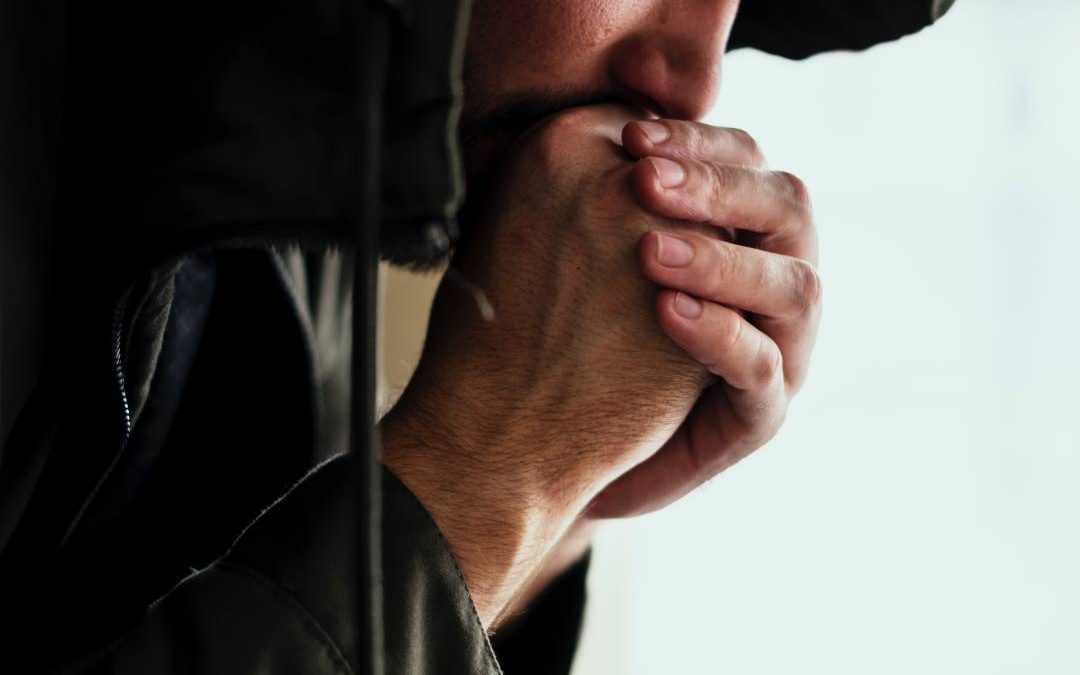Hypothermia, prolonged exposure to cold temperatures can lead to hypothermia, a condition in which the body temperature drops below 35 degrees Celsius. The severity of the condition can depend on a variety of factors, including the rate at which hypothermia occurs and the temperature to which the body cools. Mild hypothermia is generally less serious and often resolves without significant sequelae. On the other hand, severe hypothermia, which occurs when the body temperature drops below 30 degrees Celsius, can be dangerous and even fatal.
One of the most common causes of hypothermia is prolonged exposure to cold conditions, especially when there is significant airflow. Limited physical activity, certain chronic diseases, alcohol and drugs can worsen and accelerate the onset of hypothermia. If a person is immersed in cold water for a long period of time, it can lead to death due to hypothermia.
If the person is unconscious and shows no signs of life, it is important to continue with basic medical aid procedures until emergency medical help arrives. In cold water, the body cools 30 times faster than in air, causing a rapid drop in body temperature.
The goal is to prevent further loss of body temperature and to gradually warm the person before transporting him to the hospital.
People at higher risk of hypothermia include children, the homeless, and the elderly. It is important to pay attention to elderly people who may have difficulty taking care of themselves and do not heat the space where they stay sufficiently.
The development of hypothermia corresponds to the progression of symptoms. At first there is trembling, then pale and dry skin. As the condition worsens, apathy, disorientation, confused behavior, impaired consciousness and a slow and weakened pulse appear. In severe cases of hypothermia, it can even lead to cardiac arrest.
In order to help a person with hypothermia, it is important to rewarm them gradually and call for emergency medical help.
People with hypothermia should be brought indoors, and wet clothing should be removed and replaced with dry clothing.
Avoid placing heat sources (hot bottles, flames, radiators, etc.) too close to a hypothermic person, as this can stimulate blood flow too quickly to the skin and distant parts of the body, diverting it away from the heart and brain. Heat sources can also cause burns. Elderly people should not be placed in a hot tub. If the person is younger, the water temperature should not exceed 40 degrees Celsius.
You can put her to bed and offer warm drinks and high-calorie foods (chocolate).
Continuous monitoring and checking of vital signs is necessary.
Consult a doctor, call 911 and transport the person to the hospital.
Do not give alcohol to people with hypothermia as it can worsen their condition.
IF THE PERSON IS OUTDOOR: The goal should be to prevent further heat loss, rewarm the person, and transport them to the hospital. Shelter the person from the wind, remove wet clothing and provide dry clothing. Protect it from cold and damp ground (sleeping bag, aluminum foil). Call 911 or consult a doctor. Avoid giving alcohol as it can dilate the blood vessels and make the condition worse. If the person loses consciousness, continue continuous monitoring and be prepared to provide basic life support. Check vital signs (breathing, level of consciousness, pulse and body temperature) regularly.



0 Comments